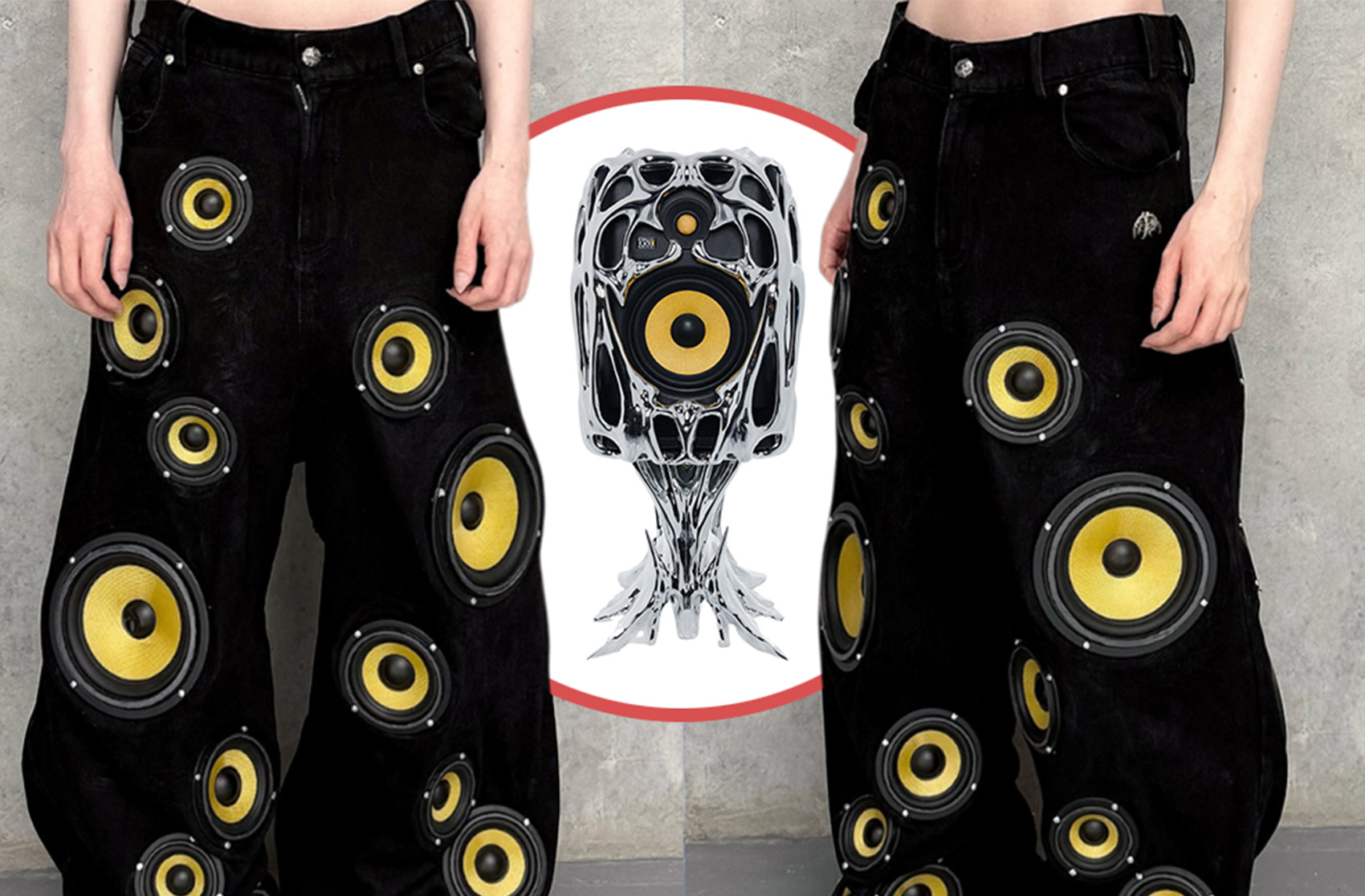13 September 2024
The nightclub has donated the sign to its new neighbour, set to be displayed when the museum welcomes visitors in Smithfield next year
A sign from the iconic London nightclub, Fabric, is set to feature in the highly anticipated new London Museum when it opens in 2026.
The sign, crafted in 2019 to commemorate the 20th anniversary of the renowned Smithfield venue – which is branded as "fabric" – will be part of one of the museum’s installations.
This is the latest addition to the museum's collection following its appeal last year for visually striking signs from across the capital. The double Xs stand for the Roman numeral XX, marking 20, while the central icon is the club's distinctive logo.
Replacing the Museum of London, the new London Museum will occupy the historic Smithfield Market buildings, just across the road from the nightclub.
According to the museum, the Fabric sign will feature in "Hanging Out" – a permanent exhibition that "celebrates the meeting spots that bring London’s communities together." The museum is still welcoming submissions of distinctive signs from music venues, theatres, restaurants and small independent shops across the city.
Since opening its doors in 1999, fabric has been a pivotal force in the music scene, playing a vital role in the evolution of global club culture. Known for championing a diverse range of genres and artists, fabric has helped shape the international dance music landscape over the past 25 years. Today, it stands as a leader in cutting-edge electronic music experiences, both through its event programming and the label collective under the fabric umbrella, including fabric Records, Houndstooth, and Originals. As fabric celebrates its landmark 25th anniversary this year, a special programme of global events is unfolding and will continue through 2024, honouring its enduring influence.
Formerly known as the Museum of London, the new London Museum will continue its mission of telling the evolving story of one of the world’s greatest cities, and the people who have shaped it. London’s musical heritage has long been a highlight of the museum’s displays, with celebrated exhibitions such as Grime Stories: From the Corner to the Mainstream, Dub London: Bassline of a City, and The Clash: London Calling.
In its new guise, the museum will embrace a bold reimagining for the 21st century, becoming a key player in the regeneration of Smithfield. The museum will reflect the capital’s vibrant 24-hour culture, opening early and staying open late, creating a landmark cultural destination. Expected to attract millions of visitors annually, it will also preserve the historic market buildings for future generations. The museum’s permanent galleries will launch in 2026 in the former Victorian General Market, while the restored 1960s Poultry Market will follow in 2028, housing temporary exhibition spaces, a collections store, and a world-class learning centre for London’s schoolchildren. With expanded gallery spaces, the new museum will offer unprecedented access to its vast collection of seven million artefacts. Already, over 70,000 Londoners have contributed to shaping the new museum, with plans to engage 100,000 by its completion.
Fabric co-founder, Cameron Leslie commented: “We’re excited to welcome London Museum as our soon-to-be neighbours in Smithfield. As we gear up to celebrate our 25th anniversary later this year, it’s great to see the club recognised for the community we have built and the vital role we play in London - as both a cultural space and tireless champions of electronic music as an art-form. We’re looking forward to our continuing venture with London Museum and to formally taking up our residency when the new site opens in 2026.”
Beatrice Behlen, Senior Curator at London Museum, said: “fabric is truly at the heart of Smithfield’s creative pulse, so it’s a real privilege to be able to preserve a part of their history within our new museum. fabric epitomises the ethos of our Hanging Out installation which will celebrate the countless communities that exist within London through the spaces that bring them together. We’re still on the hunt to locate more signs from places that formed, or still form, the cultural hub for a community within the capital. Whether it’s a music venue, a sports club, a hairdressers, a café, or something else entirely, we’d love to hear from the people of London about which signs they think belong in our museum.”




